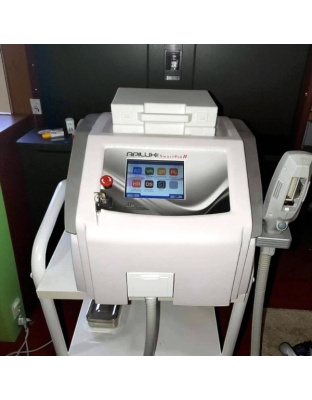Electrosurgical Generators
Electrosurgical generators are medical devices used in various surgical procedures to cut tissue and coagulate blood. They utilize high-frequency electrical currents to achieve these effects, making surgeries less invasive and reducing blood loss. Here's a breakdown of their key components and functionalities:
Key Components
- Power Supply: Converts standard electrical power into high-frequency electrical energy.
- Output Circuit: Delivers the electrical energy to the surgical instrument.
- Control Panel: Allows the surgeon to adjust settings such as power output and mode of operation.
- Electrode: The surgical instrument that comes into contact with the tissue (e.g., pencil electrodes, loop electrodes).
Modes of Operation
- Cutting Mode: Produces a continuous waveform that allows for precise cutting of tissue.
- Coagulation Mode: Generates a waveform that causes tissue to coagulate, minimizing bleeding.
- Blend Mode: A combination of cutting and coagulation, providing versatility during surgery.
Applications
- General Surgery: For cutting and coagulating tissues.
- Gynecology: Used in procedures like hysterectomies.
- Dermatology: For skin lesions and other minor surgeries.
- Otolaryngology: In surgeries involving the ear, nose, and throat.
Advantages
- Reduced Blood Loss: Minimizes the need for blood transfusions.
- Less Thermal Damage: Precise control reduces damage to surrounding tissues.
- Improved Surgical Efficiency: Faster procedures with better outcomes.
Safety Considerations
- Proper grounding and insulation of instruments are crucial to prevent burns or electrical hazards.
- Surgeons must be trained in the use of electrosurgical devices to ensure patient safety.





